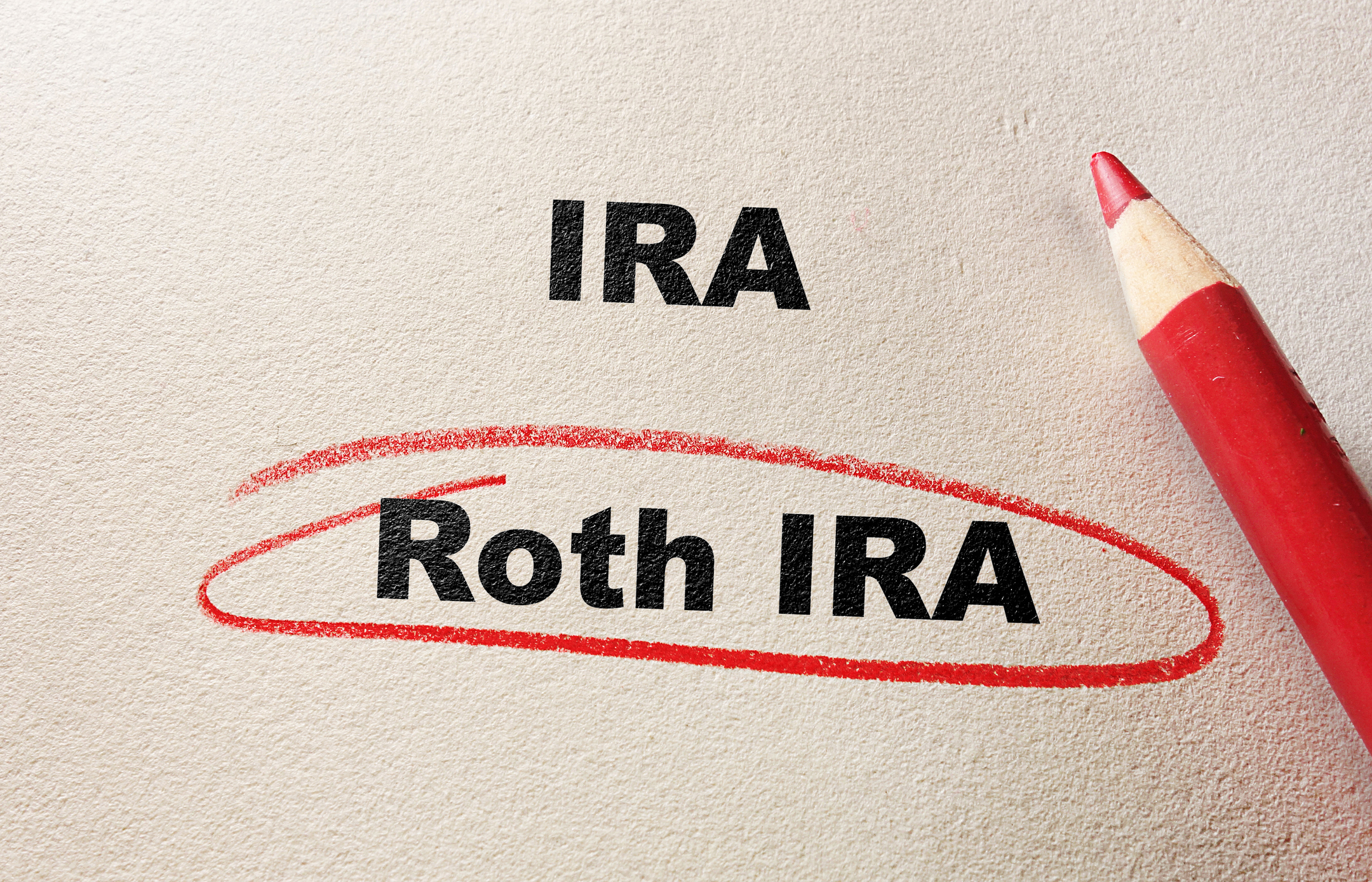To Future-Proof Retirement Security, We Need Better Strategies
With retirees living longer and the inequalities that affect women and people of color, the retirement system needs some optimization. Here’s what would help.


The U.S. retirement system isn’t broken — it works, but it’s ready for an upgrade. Targeted reforms, greater access to savings options and better financial literacy will strengthen it for future generations, without losing what’s already working.
Despite the progress we've made, the retirement system still fails too many — particularly women and workers of color. The gender disparities in retirement are alarming. Women are more likely to work in jobs without retirement benefits, and because they tend to live longer than men, they often face a longer retirement with fewer savings. On average, women retire with 30% less in savings than men, despite needing more to cover their longer retirement horizon. This is compounded by the well-documented gender pay gap and the time many women take off work to care for children or older family members.
The National Institute on Retirement Security paints an even starker picture: Only 54% of Black and Asian employees and 38% of Latinos have access to employer-sponsored plans, compared to 62% of white workers. The gap in the private sector is even worse, with workers of color up to 42% less likely to have retirement coverage. Financial literacy and expanding access to employer-sponsored plans aren't just "nice to have" — they're essential to closing these gaps.

Sign up for Kiplinger’s Free E-Newsletters
Profit and prosper with the best of expert advice on investing, taxes, retirement, personal finance and more - straight to your e-mail.
Profit and prosper with the best of expert advice - straight to your e-mail.
The reality is, over half (54.3%) of U.S. households do have retirement savings, either in defined contribution (DC) plans like 401(k)s or IRAs, according to a Congressional Research Service report. But when you dig deeper, stark disparities emerge. Households with higher incomes and greater net worth have disproportionately higher access and balances in these accounts. For example, nearly 91.1% of households earning over $150,000 have retirement savings, compared to just 13.2% of those making less than $30,000. Similarly, median retirement balances in married households ($113,500) are more than double that of single households ($42,000) — a figure that disproportionately affects women, who are more likely to be single later in life.
Here’s the truth: Retirees today need better strategies because they're living longer than ever. Having to plan for a 30-year retirement isn't a failure of the system — it’s the new reality.
Optimize the system, don’t overhaul it
Research shows that for many Americans, retirement income — whether it’s from Social Security or savings — often meets or exceeds their expenses. Yes, concerns about Social Security’s future are real, but big changes aren’t likely anytime soon. We all know it’s a political third rail — fixing it means raising taxes, cutting benefits or both. And no one in Washington wants to touch that until they absolutely have to.
That said, Social Security is just one piece of the puzzle. To future-proof retirement security, we should focus on what could be. A potential SECURE 3.0 Act could aim to close gaps in the current system and better align retirement policies with the needs of a modern, mobile and flexible workforce.
Here are a few changes that could make an immediate impact:
- Automatic enrollment for all employees, including part-time workers, ensuring more people start saving early.
- Minimum 3% employee contribution requirement, ensuring people consistently are investing in their futures.
- Monthly employer contributions, instead of annual or quarterly ones, to prevent employees from missing out on growth opportunities when they change jobs.
- Growth-oriented investment defaults are crucial for “force-outs,” which happen when people are automatically moved to an IRA or another account after leaving their job. Without a solid investment strategy, their savings get stuck in cash, earning nothing. Setting growth-focused investments as the default ensures their money is actually working for them, even if they’re not actively managing it.
- Eligibility for contributions after three months of employment offers a significant improvement over the common practice where many employers require a waiting period of a year or more before employees can begin contributing to their 401(k) plans or accessing employer matching. Contributions include both the ability for employees to start saving and the critical employer match, which plays a vital role in growing retirement savings effectively.
- Immediate vesting for employer contributions, because the common practice of vesting over three to six years hinders people’s savings, especially when they change jobs.
- Direct rollovers as standard, replacing the outdated process of mailing paper checks, with strict time limits to make the process more efficient and transparent for everyone.
These ideas would bring the retirement system in sync with the reality of today’s workforce and international standards. Instead of an overhaul, we need smart, targeted fixes to improve what is already working — ensuring the system works better for everyone without losing its core strengths.
But what can you do right now while we wait for policy changes?
I’m often asked what people can do to get a handle on their retirement. Here are five things you can do right now:
- Consolidate your accounts. If you’ve worked multiple jobs, consolidate your 401(k)s and IRAs into one account for ease of tracking and control.
- Review your retirement plan fees. Many people aren’t aware of the fees they’re paying on their retirement accounts.
- Maximize employer contributions. If your employer offers a 401(k) match, contribute enough to take full advantage. This is essentially “free money” that boosts your retirement savings.
- Invest for growth. Too many people let retirement funds sit in low-growth options like cash.
- Track your progress. Monitor your retirement account’s performance and adjust as needed to ensure you’re on track to meet your retirement goals.
Related Content
Get Kiplinger Today newsletter — free
Profit and prosper with the best of Kiplinger's advice on investing, taxes, retirement, personal finance and much more. Delivered daily. Enter your email in the box and click Sign Me Up.

Romi Savova is the founder and CEO of Pension Bee, a leading online retirement provider she launched in 2014 after experiencing firsthand the complexity of workplace retirement account transfers. Driven by her vision to simplify retirement saving for the mass market, Romi has transformed Pension Bee into a trusted brand with over $7 billion in assets under management and more than 260,000 customers.
-
 Should You Do A Roth IRA Conversion? Nine Things to Consider
Should You Do A Roth IRA Conversion? Nine Things to ConsiderThe Tax Letter Thinking of converting a traditional IRA to a Roth IRA? The Kiplinger Tax Letter Editor highlights nine factors you should consider before making a move.
By Joy Taylor
-
 33 Stocks That Could Rally 50% or More This Year
33 Stocks That Could Rally 50% or More This YearAnalysts say these S&P 500 stocks have at least 50% price upside over the next year or so.
By Dan Burrows
-
 33 Stocks That Could Rally 50% or More This Year
33 Stocks That Could Rally 50% or More This YearAnalysts say these S&P 500 stocks have at least 50% price upside over the next year or so.
By Dan Burrows
-
 Stock Market Today: Dow Drops 971 Points as Powell Pressure Ramps Up
Stock Market Today: Dow Drops 971 Points as Powell Pressure Ramps UpPresident Trump is increasing his attacks against Jerome Powell, insisting the Fed chair cut interest rates.
By Karee Venema
-
 When Should You Hand Over the Keys — to Your Investments?
When Should You Hand Over the Keys — to Your Investments?The secret to retirement planning? "The best time to hand over the keys is before you’ve realized you need to hand over the keys."
By Maurie Backman
-
 Going to College? How to Navigate the Financial Planning
Going to College? How to Navigate the Financial PlanningCollege decisions this year seem even more complex than usual, including determining whether a school is a 'financial fit.' Here's how to find your way.
By Chris Ebeling
-
 Financial Steps After a Loved One's Alzheimer's Diagnosis
Financial Steps After a Loved One's Alzheimer's DiagnosisIt's important to move fast on legal safeguards, estate planning and more while your loved one still has the capacity to make decisions.
By Thomas C. West, CLU®, ChFC®, AIF®
-
 How Soon Can You Walk Away After Selling Your Business?
How Soon Can You Walk Away After Selling Your Business?You may earn more money from the sale of your business if you stay to help with the transition to new management. The question is, do you need to?
By Evan T. Beach, CFP®, AWMA®
-
 Two Don'ts and Four Dos During Trump's Trade War
Two Don'ts and Four Dos During Trump's Trade WarThe financial rules have changed now that tariffs have disrupted the markets and created economic uncertainty. What can you do? (And what shouldn't you do?)
By Maggie Kulyk, CRPC®, CSRIC™
-
 I'm Single, With No Kids: Why Do I Need an Estate Plan?
I'm Single, With No Kids: Why Do I Need an Estate Plan?Unless you have a plan in place, guess who might be making all the decisions about your prized possessions, or even your health care: a court.
By Cynthia Pruemm, Investment Adviser Representative